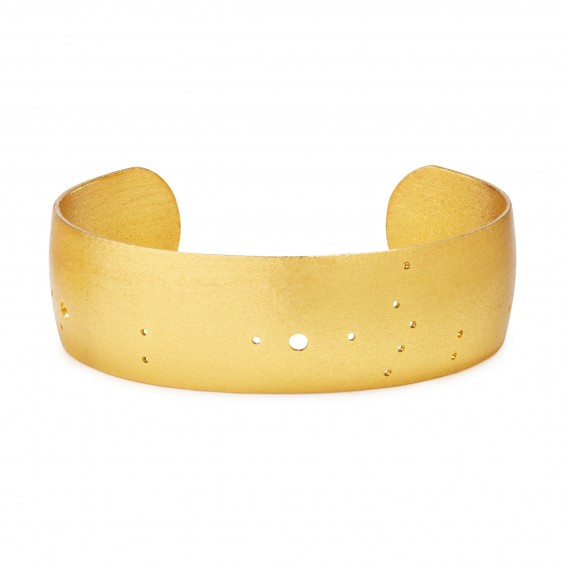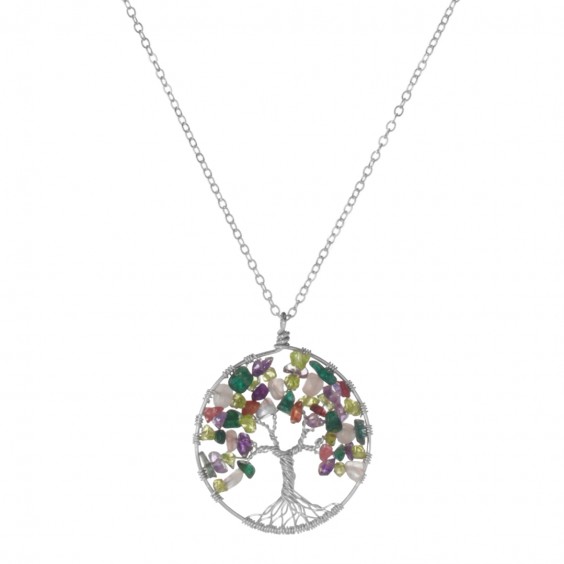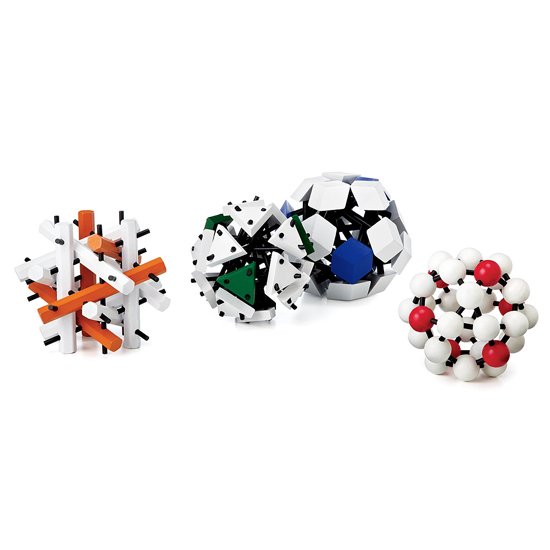 If you’re gazing into the eyes of a newborn baby, more often than not you’ll see they’re some brilliant shade of blue, whatever the color of their parents’ eyes. This happens because, when a child is born, its eyes are still building up their store of a protein called melanin. The more melanin that collects, the darker the iris will become. Not only that, melanin itself becomes darker with exposure to ultraviolet light. At around six months old, a baby’s eyes will usually reach the color they will retain for the rest of their life.
If you’re gazing into the eyes of a newborn baby, more often than not you’ll see they’re some brilliant shade of blue, whatever the color of their parents’ eyes. This happens because, when a child is born, its eyes are still building up their store of a protein called melanin. The more melanin that collects, the darker the iris will become. Not only that, melanin itself becomes darker with exposure to ultraviolet light. At around six months old, a baby’s eyes will usually reach the color they will retain for the rest of their life.
In 1886, a young stamp collector in Sweden was looking through old letters in his grandmother’s attic when he made a promising discovery. It was a 3 skilling (equivalent to 3 cents) stamp from the country’s first run of postal stamps thirty years earlier. He quickly sold it to a collector, who was puzzled by the stamp’s yellow color: the 3 skilling denomination was supposed to have been printed in blue-green ink, with yellow being used for the 8 skilling version. Over the years, it became clear that the misprinted yellow stamp was the only surviving one of its kind, and its price skyrocketed accordingly. In 2010 it was purchased by an anonymous buyer for “at least” $2.3 million. That means the going rate for that little slip of paper is approximately $2.55 billion per ounce! Compare that with an ounce of gold, which on the same date was selling for a mere $1,180.
Leave it to the ancient Greeks, those innovators in so many areas of knowledge, to also make great advances in the philosophy of excuses. The scholar Zeno of Elea proposed the following paradox: Imagine you are traveling from point A to point B. First you travel half the distance, then half the remaining distance, then half the remaining distance, and so on. That means that, logically speaking, it is physically impossible for you to complete the trip. The same reasoning holds true for completing homework, cleaning bedrooms, washing dishes, etc. After first presenting this mind-twisting paradox, Zeno must have been disappointed by the response of Diogenes the Cynic, who disproved Zeno’s conclusion simply by standing up and walking across the room.
That sweet, heart-shaped candy you’re about to pop in your mouth has a history that dates back over a hundred-and-fifty years. In 1847, an English immigrant named Oliver Chase invented a press that cut out candy discs called “hub wafers.” Not to be outdone, Chase’s brother Daniel invented a machine that stamped messages directly onto the candy. Initially, the younger Chase’s conversational confections were cut into “cockles”—a scalloped shell shape that was large enough for a brief message. His company went on to produce candies in the form of horseshoes, baseballs and more, until finally, in 1901, the now-familiar heart shape appeared. It has been sweetening Valentine’s Days ever since.
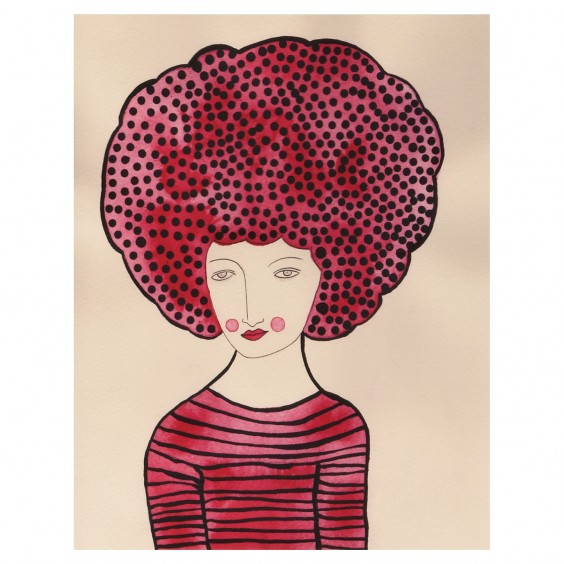
Archeologists certainly do. The Red Lady made her social debut in 1823 when she was discovered by Rev. William Buckland as he explored a network of limestone caves in Wales. Part of an ancient, ceremonial burial site, her skeleton lay coated in red ochre, a claylike pigment, accompanied by seashell necklaces and carved mammoth ivory. The first human fossil ever discovered, she still managed to hide her age quite well: Buckland estimated her to be from the first century Roman occupation of Britain, but radiocarbon dating now shows she lived in the Paleolithic era, around 33,000 years ago. The Red Lady also kept a secret from the man who discovered and named her: she was actually a male.
A Valentine heart may symbolize romance, but advances in medical science have revealed that the path to true love lies directly through the brain. When you feel that first delightful rush of attraction toward someone, you can thank the ventral tegmental, part of the brain which pumps out dopamine and other feel-good hormones that make your body buzz. As you realize this attraction is growing into something more lasting than a crush, it may be a sign that your nucleus accumbens has begun producing oxytocin, a powerful component of emotional bonding. This is the same chemical that helps mothers bond with their babies. If all goes as planned in the relationship, love finally arrives at the caudate nuclei, twin regions of the brain in which are stored ingrained knowledge and habits, such as how to ride a bicycle. It is here in long-term storage that the thrill of love transforms into a lifelong romantic commitment.
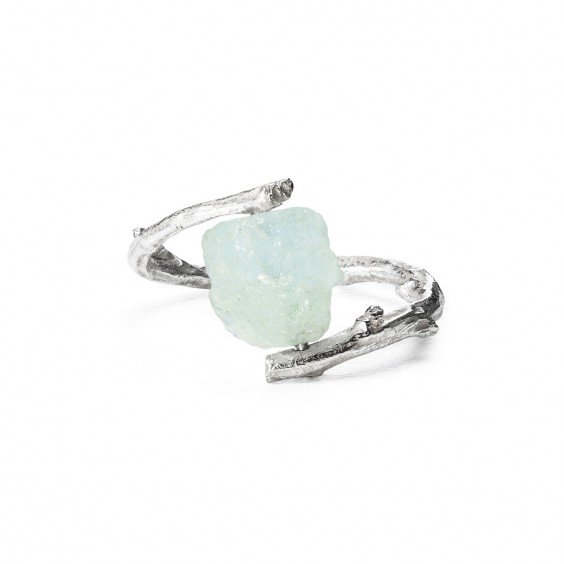
Sometime around 1650, French jeweler Jean-Baptiste Tavernier emerged from the Indian subcontinent with an exceptionally large, brilliant blue diamond. It was whispered that he had stolen it from the eye of an idol, and that the goddess’s curse followed all those who owned or wore the gem. In 1911, the New York Times published a lengthy list of those whose lives had been blighted by what had come to be known as the Hope Diamond: royalty deposed, reputations ruined, and many a grisly demise. Then, as now, this makes for an exciting story—which helped to drive newspaper sales, while raising the value of the diamond for its alive-and-well owners. In fact, with only a couple of exceptions, the diamond has been safely passed between nobles, collectors and socialites for three-and-a-half centuries, with each owner embellishing the jewel’s story to burnish their own reputation.
In the original version of familiar tale, six-year-old George Washington does indeed take his child-sized hatchet to the trunk of his father’s cherry tree—but merely succeeds in damaging it by cutting the bark away. Chopping the tree down makes a more dramatic story, and probably was added as the anecdote was passed from person to person, but the real twist is that it never occurred at all. The hatchet, the tree and the little boy who declared, “I can’t tell a lie,” were the invention of writer Mason Weems for his book A History of the Life and Death, Virtues and Exploits of General George Washington, published shortly after Washington’s death. Writing under the pen name Parson Weems (though not a real parson), he claimed the story was recounted to him by a (fictional) childhood acquaintance of the President. Truly an odd beginning for a fable about honesty.

